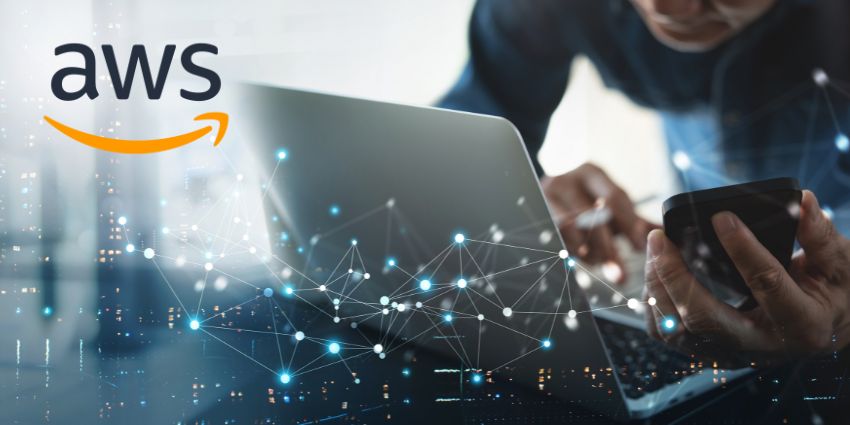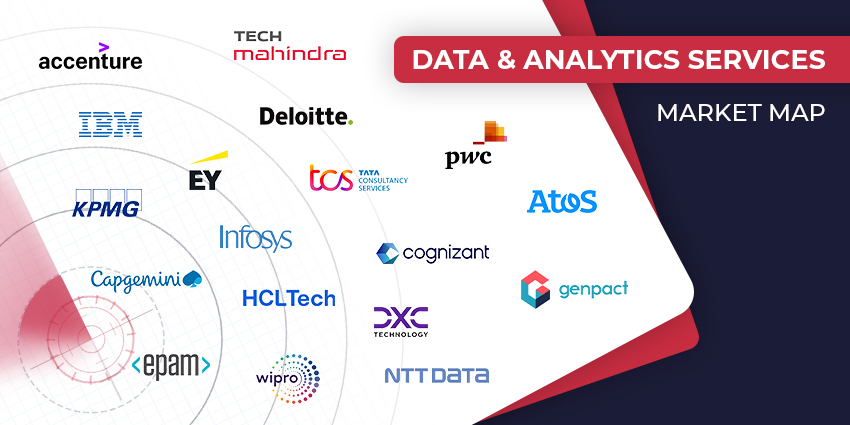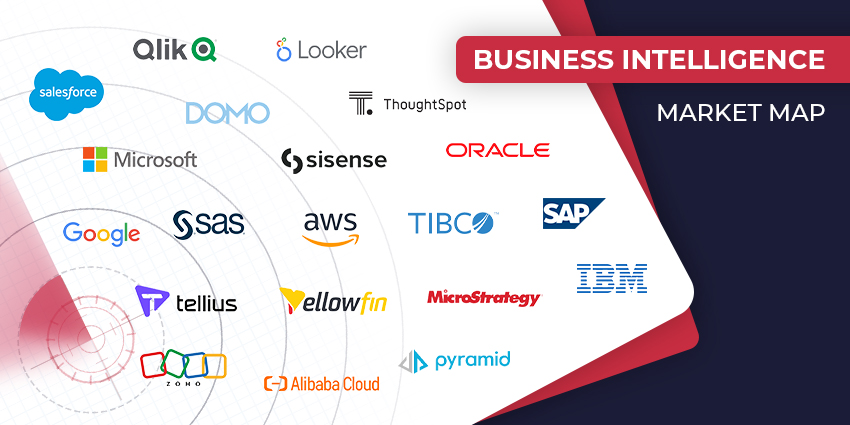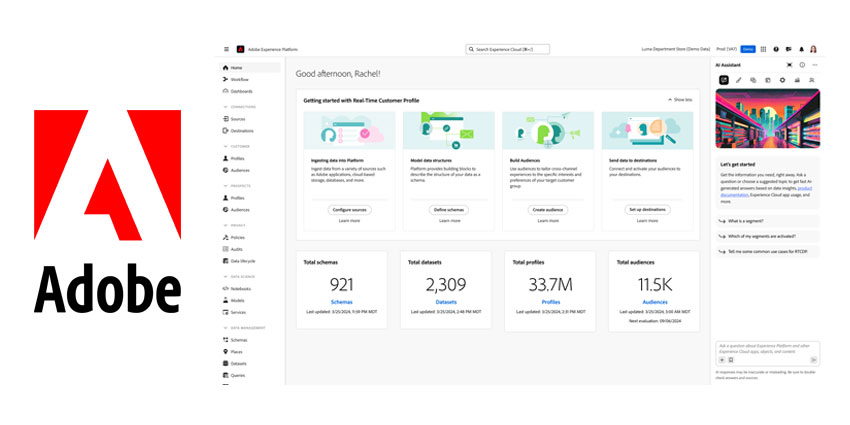5G connectivity is sweeping across continents. In doing so, it is enabling greater bandwidth and paving the way for businesses to bring more innovative visions of customer journeys to life.
Many of these center on the internet of things (IoT), a powerful concept for connecting software, which tech pioneers – such as AWS – are taking to new levels.
Thanks to these companies, Capgemini estimates 125 billion IoT devices will be in service by 2030, connecting via the internet to deliver new CX applications. These include everything from smart speakers to doorbells, lighting systems to security solutions.
Already, countless manufacturing and engineering companies have begun to embrace the technology, helping them monitor solutions, gather information, and control tools from afar.
However, there are many other use cases emerging cases for IoT too. Many of these are beginning to touch the customer experience space and, when applied with guile, can inspire greater loyalty, satisfaction, and revenue.
How IoT Will Transform Customer Experience
By linking devices together, customer experience teams can create smart systems that have the power to reimagine business processes. With the advent of 5G, expect these to grow in prominence.
An excellent example is connecting an ambulance to a remote doctor. In an emergency, the doctor could control some of the tools within the ambulance to run procedures and save lives – that is an incredibly powerful way to take the patient experience to the next level.
Yet, moving into the broader CX space, there are many more possible use cases. Several of these could impact the contact center of tomorrow.
After all, AWS leads the CCaaS market in customer acquisition and transcends the IoT space. So, expect some of the use cases below to gain momentum.
1. Remote Asset Management
Today’s customers are becoming less satisfied with “rapid responses” to issues and defects. Instead, they want the companies they work with to be proactive in monitoring, managing, and preventing problems from happening in the first place – per Gartner research.
With IoT, companies can implement tools and sensors into devices to deliver solutions before customers realize something went wrong. Pre-emptive customer service at its finest.
For instance, automotive manufacturers can use IoT sensors to detect when a car might need maintenance and send requests to customers for an appointment automatically.
As such, the customer does not need to call, wait on hold, and schedule an appointment. It happens autonomously. All the customer has to do is accept the appointment request.
Indeed, with IoT, companies can effectively stay one step ahead of customer needs while discovering new opportunities to engage their clients throughout the service lifecycle.
2. Data Collection and Customer Insights
IoT devices are exceptionally effective at gathering, storing, and analyzing data. Sensors in business environments can collect valuable insights for businesses to leverage when making decisions about improving the customer experience.
For instance, IoT sensors could monitor how customers move around a store and interact with items in a retail environment, giving business leaders information on how to position products and aisles for more streamlined experiences.
These sensors may also provide heatmaps showing high-traffic areas, which are likely ideal for promoting sales and popular products.
Finally, IoT systems can track data over time, providing companies with valuable guidance on how to serve their customers.
For example, a system could help organizations determine when their most “active” periods are in different seasons. With this information, the company can ensure the right resources are in place to support higher customer traffic.
3. Improve Personalization Strategies
IoT solutions can also help companies to improve their interactions with customers through every stage of the customer lifecycle.
How? Consider an example of an IoT sensor that detects the presence of a phone connected to a pre-existing customer at a store. It could then trigger a real-time offer and message to that individual as soon as they’re within proximity of the shop.
Moreover, IoT solutions can integrate with CCaaS platforms, CRM solutions, and AI bots to collect relevant information about the customer in the moment and deliver discounts pertinent to their interests. Doing so allows for a more personalized, engaging customer experience.
In the physical landscape, IoT systems can also help provide customers with more useful information when assessing products and services they may want to purchase.
For example, a customer could scan a QR code to access information on when a product will be back in stock or view an out-of-stock item using AR technology.
4. Enhanced Productivity of Service Personnel
Sensors distributed across an office or store environment can instantly alert employees to a growth in traffic. This means business leaders can rapidly distribute employees to checkout and customer service locations to meet demand in real-time.
At the same time, companies can use the information collected by their devices to detect inefficiencies in how employees are positioned around an office, warehouse, or business environment to boost productivity.
In some cases, companies can even experiment with IoT-enabled bots, allowing for effective self-service interactions without live agents.
For example, an IoT-connected app could allow customers to choose which products they want, find items on a shelf, and checkout, all without interacting with a human agent.
5. Better Inventory Management
Companies can also use IoT to reduce the risk of inventory issues and stockouts when engaging with customers. Indeed, IoT sensors can track the availability of items in a warehouse or store room remotely and automatically update information on a company’s app or website.
IoT systems using radio frequency identification tags may also enable companies to monitor a particular product and information about that item through every stage of the production cycle. This can even help service agents provide better customer support by ensuring they can answer questions about where their items are in the moment.
In addition, IoT allows companies to monitor employee devices in real-time, ensuring that meeting rooms, tools, and devices empower employees.
After all, better-supported teams lead to happier customers.
AWS Molds the Future of IoT and CCaaS
AWS combines several IoT services and a robust SDK to communicate with and control remote devices. With these tools, businesses can bring visions for IoT-powered customer experiences to life.
Many of these will likely impact the contact center. Thankfully, many brands already work with AWS to fulfill their contact center needs.
Those who do may connect their IoT and CCaaS tools to differentiate their customer support.
Learn more about Amazon Connect – AWS’s CCaaS tool – by visiting: aws.amazon.com/connect







